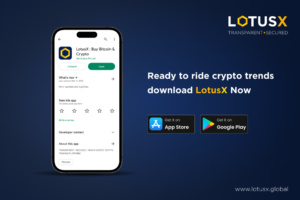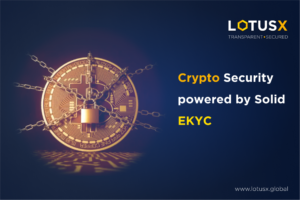In the dynamic worlds of technology and finance, Web 3.0 is starting to bring a significant shift that could change how we connect with the digital world. Web 3 assets, a new digital asset based on blockchain technology that gives people a lot of ownership, control, and value, are at the center of this change. This blog will explore Web 3 assets and examine their unique qualities.
What are Web 3 Assets?
Web 3 assets, decentralized assets, or non-fungible tokens (NFTs) are digital representations of ownership or value stored on a blockchain. Unlike traditional digital assets, web 3 assets are saved on decentralized networks, often controlled by centralized authorities. This means users can claim full ownership and control over their digital possessions. NFTs have gained much attention because they represent unique things like artwork, collectibles, virtual real estate, and more.
Key Features and Benefits of Web 3 Assets
Web 3 assets offer several distinctive features and benefits that set them apart from their traditional counterparts:
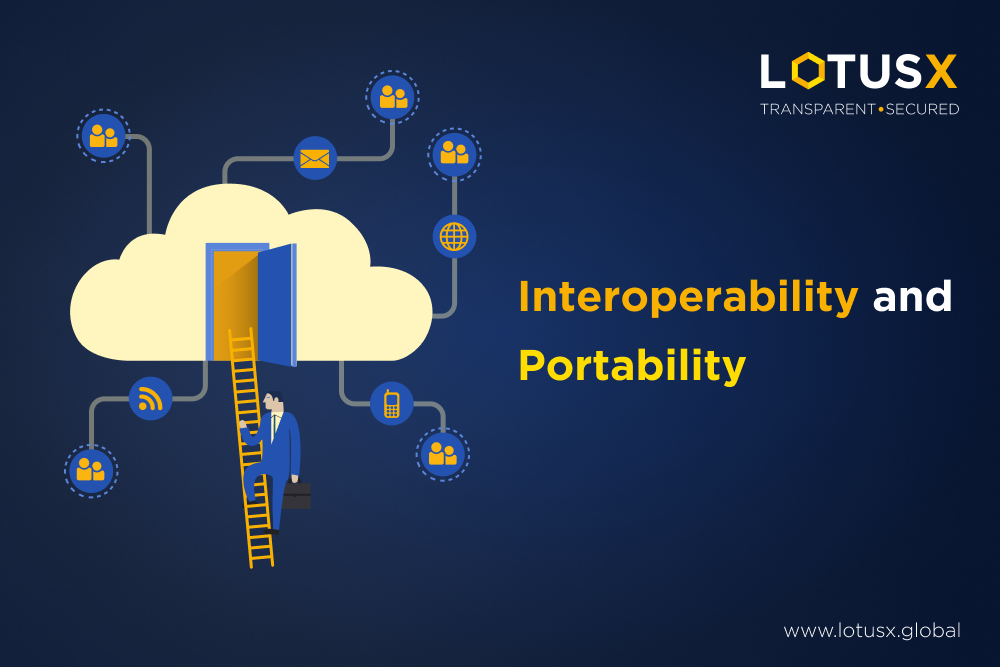
- Immutable Ownership: Blockchain technology protects Web 3 assets and keeps ownership records that can’t be changed. This eliminates the chance of fraud or changes made without permission, giving people more trust and security.
- Interoperability and Flexibility: Web 3 assets can easily move between platforms and ecosystems. This creates a thriving digital economy and opens new ways to work together and develop new ideas.
- Programmability and Smart Contracts: Using smart contracts, web 3 assets can have multiple features like income sharing, royalties, and conditional transfers. This gives creators and developers the power to define and automate the terms of their digital assets.
- Partial Ownership and Investing: Web 3 assets allow partial ownership that enables people to own a piece of high-value assets they otherwise couldn’t own. This fractionalization gives people access to unique assets and opens new ways to spend and get cash.
Real-Life Utility of Web 3 Assets
The applications of Web 3 assets are diverse and rapidly expanding across various industries:
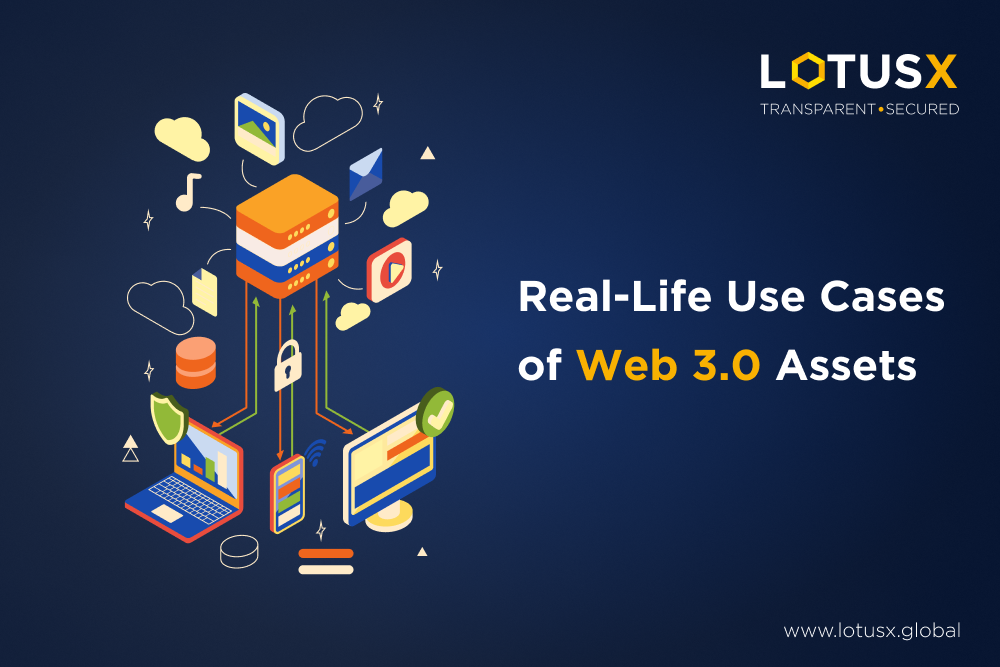
- Digital art and collectibles: Non-fungible tokens (NFTs) have changed the art market by letting artists tokenize their work and sell it directly to fans. This cuts out intermediaries and gives artists a global audience. Digital collectibles have also become more popular because they offer a new way to own and trade virtual things.
- Gaming and Virtual Real Estate: Web 3 assets have allowed players to own and sell in-game items, characters, and real estate on blockchain-based gaming platforms. This provides new ways to make money and new ways to play games.
- Intellectual Property and Licencing: Web 3 assets offer a decentralized and verifiable way to protect intellectual property rights and digital license material and ensure creators, musicians, and content producers are paid fairly.
- Supply Chain and Authentication: Web 3 assets make supply chain management more transparent by tokenizing actual assets on the blockchain. This makes sure that products are genuine and cuts down on counterfeiting.
- Decentralized Finance (DeFi): Web 3 assets are expanding the possibilities of DeFi by letting users use their digital assets as collateral, build liquidity pools, and participate in decentralized protocols for lending and borrowing.
Limitations and Future Outlook
While Web 3 assets offer immense potential, some challenges must be addressed. Scalability, energy use, and user experience are some problems that must be solved for Web 3 assets to be widely used. To get around these problems, people are working hard to develop answers like layer 2 scaling solutions, better consensus algorithms, and user-friendly interfaces.
When you look ahead, the future of Web 3 assets is very bright. As technology improves and blockchain networks become more scalable and efficient, we can expect a surge of new use cases and uses. When Web 3 assets are combined with new technologies like virtual reality (VR) and augmented reality (AR), the digital ownership experience will be even better, and new immersive worlds will be made.
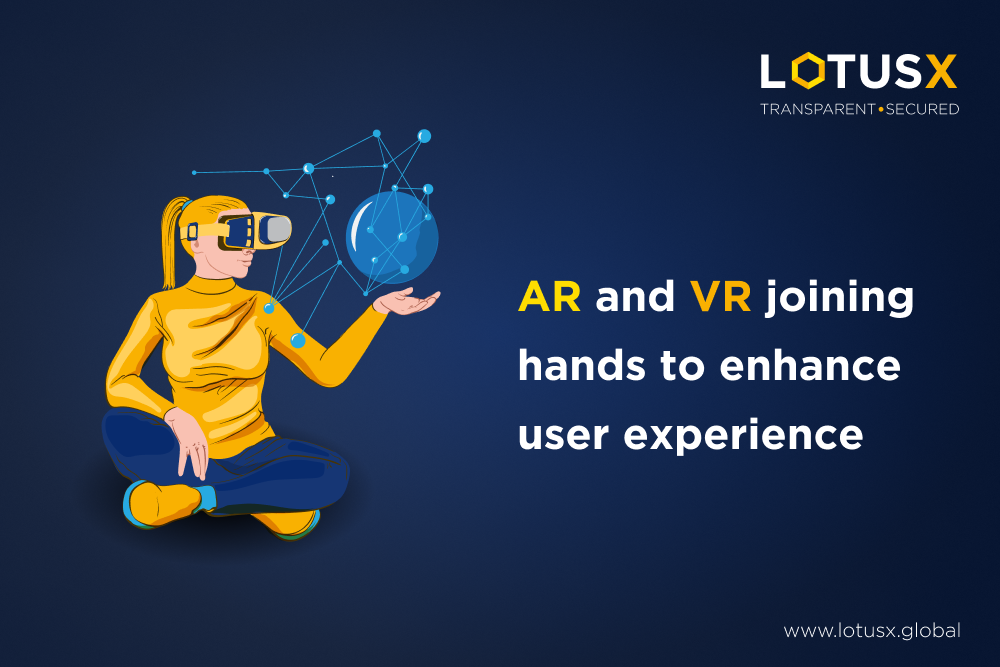
Also, cross-chain interoperability could open up even more possibilities by enabling assets to move quickly between different blockchain networks and ecosystems. This will make getting money easier, opening up new markets, and working together on projects.
Bottom Line
In conclusion, Web 3 assets are transforming the digital landscape and bringing in a new age of ownership, value, and innovation. Web 3 assets can be used in various fields, from digital art and games to intellectual property and decentralized banking. Even though there are still problems, the ongoing development of technology and infrastructure is pushing Web 3 assets forward and forming a future where digital ownership is truly open to everyone. As we accept this significant change, we are seeing the start of a new era in which people have complete power over their digital possessions, and there are no limits to how people can make money or express themselves creatively. For easy trading of these Web 3.0 assets, join LotusX.



